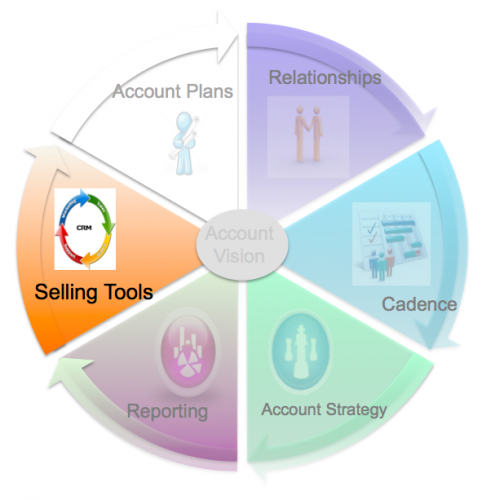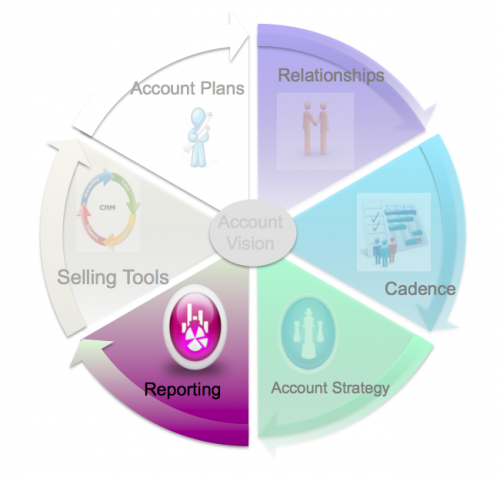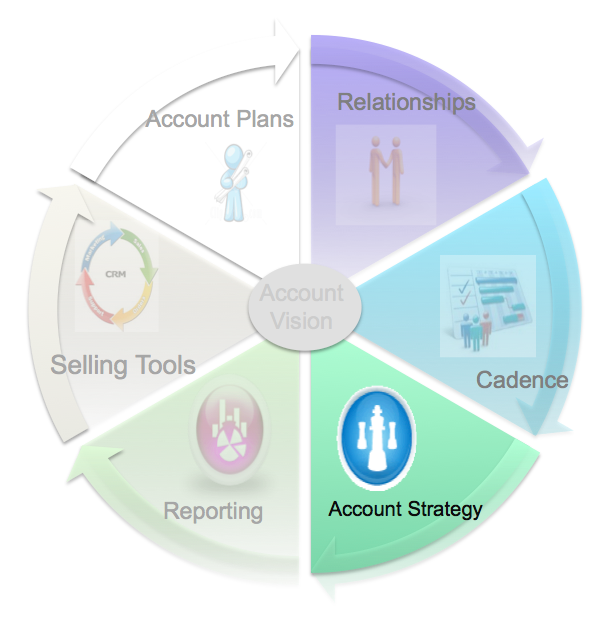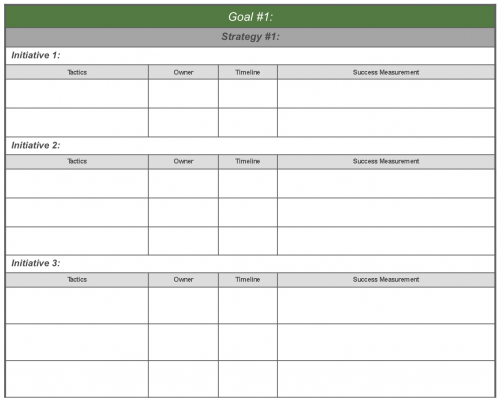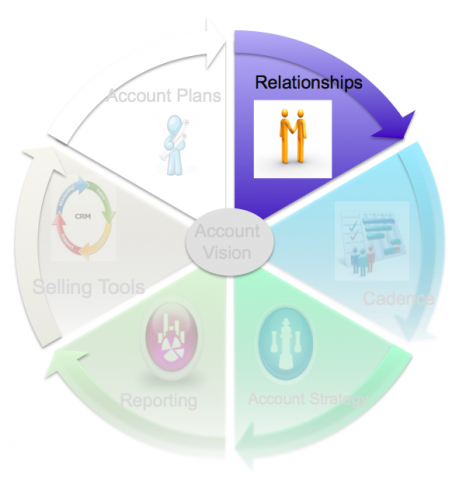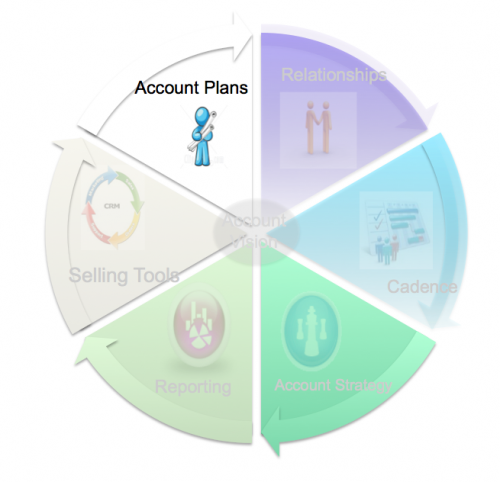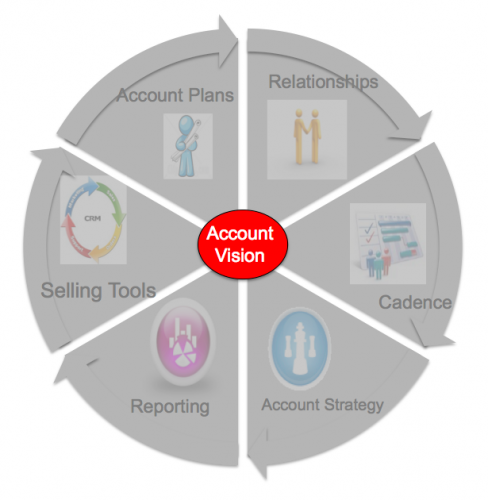This is part 5 of an 8 part series on account governance
Cadence is a powerful tool for managing an account. Unfortunately, when I ask sales people about their cadence strategy or approach a get a lot of weird looks.
Cadence is how you drive an account. Cadence has the greatest impact in influencing the customer. It allows you to manage relationships, track progress, drive accountability, and engage all the stakeholders on a regular basis.
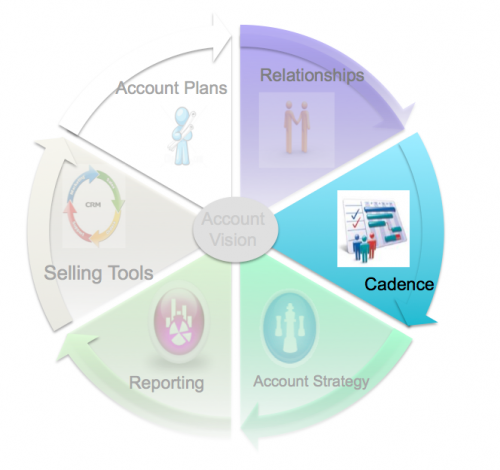
A good cadence consists of a few critical elements:
1) weekly progress meetings
2) quarterly business reviews
3) specific, regularly scheduled stakeholder meetings
4) clearly defined agendas and objectives
5) stakeholder commitment to participate
Cadence structure is not complex. I use this template your welcome to use it as well.

(I’ve filled in the table for info purposes only, you will need to determine the appropriate cadence structure for your accounts)
The complexity and value of cadence comes in the execution. To build a highly effective cadence think in terms of your account vision, your account plan and the account relationships. Notice in the one above, a regular cadence has been established between the customer CEO and the Company CEO, the IT department and the company CTO, both account teams, Marketing and more. The cadence is specifically designed to connect many different functional groups at multiple levels in an organization. Its purposely not intended to be horizontal. Its meant to be both horizontal AND vertical.
Ask, who should be regularly communicated with? Who influences the success or failure within the account? How can they influence the account plan and the ability to be successful? Once this is determined cadence brings it all together.
To make the cadence fly and get the most out of it, be proactive. Gain support from your relationships to engage on a regularly scheduled basis. Build weekly, monthly, quarterly and semi-annually events to monitor progress, set strategic direction, provide insight, address problems, deliver updates, identify challenges and reset direction. Set specific agendas and actionable objectives for all the meetings. The meetings need to have value. They need to be seen as worth the investment for both parties. If this part isn’t set up correctly, they entire process falls apart.
When a cadence is firing on all cylinders the account is being managed holistically. The right relationships are not only in place but engaged, from the executives on both sides, to the those accountable on a day to day basis, everyone is engaged. Issues are ferreted out early and addresses quickly. New products, services, and offers are introduced early and feedback can be provided by the customer strengthening the probability of adoption. Hiccups in the account business are identified earlier minimizing unforeseen drops in revenue or orders. This improves forecasting accuracy. Issues and challenges rarely blow-up as they are identified and addressed before they can get out of hand. And, one of my favorite benefits is the ability to ask for favors. If you’ve been in sales for awhile you understand the importance of being able to go to your customer and ask for help, to take a shipment early, to accelerate an order etc. When a strong cadence is in place, those important favors are much easier to ask for.
Cadence is about being proactive. It’s about managing an account from top to bottom on a regular basis. It’s about avoiding the reactionary approach most account manager find themselves in. Cadence gives the customer and you a platform to manage everything and anything associated with the account in a effective, proactive, way.
A good cadence brings to life the vision, the plan and the relationships.

Previous Posts in Series:
Part 1: Account Governance - [The Ultimate Sales Process]
Part 2: Account Governance - [Vision]
Part 3: Account Governance - [Account Plans]
Part 4: Account Governance - [Relationships]



